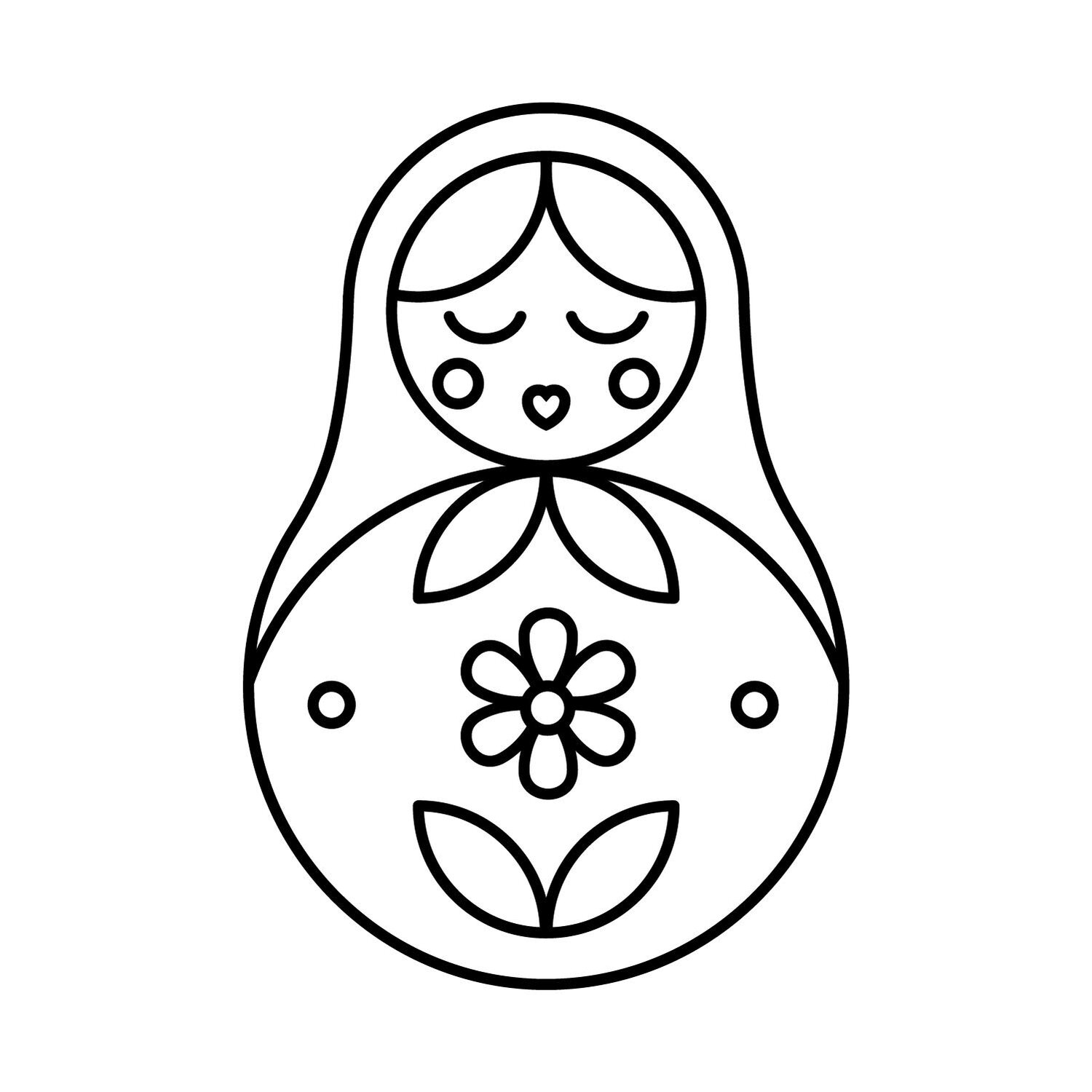q+a: charlotte fox
Tchotchke Gallery: Do you think growing up in Brooklyn has influenced your painting practice? If so, how?
Charlotte Fox: I think having grown up in Brooklyn and having access to art and other artists has hugely influenced my practice. I feel very lucky to have had these resources close by. However I don’t feel that Brooklyn in particular has influenced my work outside of giving me access to the art world. Perhaps it has and I just don’t know it yet.
TG: Old films and cartoons are often used as inspiration in your work. How do you go about choosing how to incorporate them?
CF: Sometimes while watching a film (I say film to differentiate from shitty movies I also love to watch), I find myself looking at a particular shot or scene and thinking “wow I would love to paint that”, before becoming grossed out with myself. I grew up watching a lot of criterion/janus films and TCM and actually wanted to be a filmmaker when I was younger. With incorporating them into my paintings it’s usually less of a direct copy and paste moment and more using the influence of the color relationships and composition of a scene. Sometimes it’s just the overall feeling I try to use as inspiration. Similarly with cartoons, just the playful and graphic nature of them makes its way into my paintings when it’s feeling too serious- things become rounder, wigglier, a little stupider.
TG: How do you start your day when you are planning on painting? Can you walk us through a typical day in the studio?
CF: My day begins with a nice mix of anxiety and excitement. Usually I will search my own archives and personal photos that may have a shape or color or something about them that excites me, then search the web or books I have, or other painters I admire for inspiration. Sometimes there is a solid plan or theme in the beginning, sometimes it really is just a form I can’t get out of my head. From there I generally will take the next few days to compose a final reference image to sort out how I generally want the painting to look, before eventually drawing it out on the canvas. After this the typical day is 1) latte, 2) sitting in front of my canvas with dread, then 3) somewhere between 6-12 hours of podcast listening and painting (usually accompanied with an extreme lack of water and few pee breaks). Not very glam. For me the reference image is 50% the battle then the actual application and execution, and how the image transforms is the rest.
TG: If you could only paint one subject matter for the rest of your career, what would it be and why?
CF: Shitty, icky little dogs or food- I love them both.
TG: How do you define success as an artist? What does it look like for you?
CF: I think success as an artist is purely having the ability to make work consistently that you enjoy making, and having your work evolve and grow at a rate that excites you. That being said, I wouldn’t mind fitting someone else's model of success based on valuation and acclaim.
TG: Your space is stunning. What is your inspiration and process for interior curation?
CF: Thank you! My environment really affects me and I’ve found that I really need to surround myself in a space that inspires me or references my interests while I’m working, otherwise I can fall into a pit of doom. My inspiration draws from space age design and 80’s minimalist office vibes, and mcm layouts. I will often spend all my money on a good eBay find, and I will never say no to a chubby or sculptural pointless object/piece of furniture. My studio is also where I live so I try to find a balance with function and design, and look for the best way that even the most necessary of interior elements can themselves be transformed. As long as the space has white walls, low furniture and offers accessibility to both working and lounging it can’t go too wrong. My current obsession is with Luigi Massoni lamps and painting my floors white, though nobody thinks this is a good idea!
